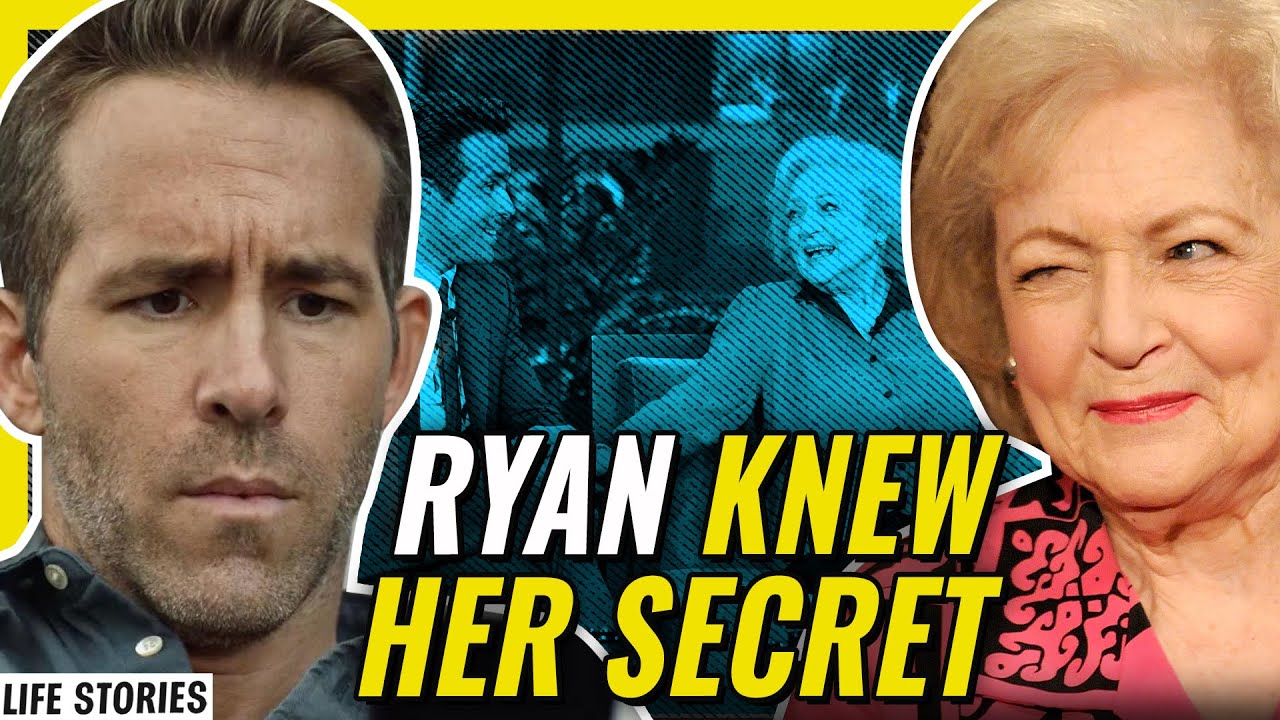Their performance perpetuated the marginalization of Afro-Latinos and other people of African descent.

Shakira, left, and Jennifer Lopez perform during the Super Bowl halftime show on Sunday in Miami Gardens, Fla. (Kevin Winter/Getty Images)
Sunday may have been the most Latino Super Bowl in the history of Super Bowls. In Miami, a city that is 70 percent Latino, Jennifer Lopez and Shakira delivered a showstopping halftime show, featuring Latin urban superstars Bad Bunny and J Balvin — a memorable performance that has continued to generate buzz. Indeed, underlying the discussion of the show’s 𝓈ℯ𝓍uality are deeply rooted stereotypes of Latinas as hyper𝓈ℯ𝓍ual, the same stereotypes that fuel xenophobic rhetoric and policies.
It was this rhetoric that J-Lo and Shakira sought to address in their performance. Before the game, the artists promised their performance would be a “message of unity” and a source of pride for Latinas, something both artists pointed out is particularly impactful in our current moment. And in many respects, they delivered. The show celebrated Latina achievement and prowess, a message that clearly resonated with many people. But their performance fell short of its goal of unity.

In recent years, the NFL has been mired in controversy due to its treatment of former San Francisco 49ers quarterback Colin Kaepernick, whose protests of anti-black racism in the United States have left him unsigned by any NFL team. In solidarity, artists Rihanna and Cardi Bi rejected offers to perform at the 2019 Super Bowl in Atlanta. The message of unity promoted by J-Lo and Shakira neglected to address these racial politics that have shrouded the NFL. And while their performance at moments expressed Latino pride, Shakira and Lopez missed an important opportunity to ally themselves with black communities, including Afro-Latino ones.

This omission reflects a general preference for whitening within “Latinidad,” the construction of Latino identities. In the United States, Latinos are often racialized as nonwhite. But the Latino community is a racially diverse one, and antiblackness exists within Latinidad. Many of our most successful Latin musicians embody what scholars have called the “Latin look,” characterized by dark hair, a light complexion and European features. The marginalization of Afro-Latinos in the English and Spanish language media industries perpetuates the valuing of whiteness in Latinidad. Shakira and Jennifer Lopez both embody this look, which has helped propel them to stardom in Latin America and the United States. On the other hand, artists like Miami-𝐛𝐨𝐫𝐧 Amara La Negra, who unapologetically embraces her identity as an Afro-Latina, has discussed her struggles with media industries that consider “real” Latinas to look more like J-Lo and Shakira and less like her.
After the performance, Shakira posted on Instagram, “I want to thank Colombia for giving me the mapalé, the champeta, the salsa, and the Afro-Caribbean rhythms that allowed me to create the Super Bowl Halftime Show I dreamed of more than a decade ago.” Shakira’s acknowledgment of how Afro-Colombian culture has influenced her makes visible another way that the media industries promote whitening within Latino communities: drawing from the cultural production of black communities while privileging white performers. Mambo, salsa, vallenato and other genres throughout Latin America all have roots in Afro-Latino communities, but made their way into the mainstream with many white Latino performers at the helm.

The current Latin music scene is dominated by yet another genre of music rooted in Afro-Latino experiences — reggaeton. Afro-Panamanians of West Indian descent played a critical role in the development of reggae en español, which combined dance hall and reggae aesthetics with Spanish lyrics. In the late 1980s and early 1990s, Puerto Ricans combined this reggae en español with hip-hop and other African diasporic musics to create what we now know as reggaeton. Reggaeton withstood two separate censorship campaigns that utilized rhetoric that promoted racist stereotypes of black and urban communities in Puerto Rico.
But reggaeton persisted, breaking into the mainstream music scene with Daddy Yankee’s 2004 hit “Gasolina.” Reggaeton is now the backbone of Latin popular music, dominating Internet streaming and making significant inroads into the U.S. English language market. Reggaetón’s growing popularity has been accompanied with what critics have noted is a marked increase in the number of white Latino performers, including J Balvin and Bad Bunny who participated in the halftime show.
Relatedly, Shakira and Lopez were arguably the two most visible women in the 1990s so-called “Latin Boom” when several established Latin artists crossed over into English language markets in the United States. Shakira moved from rocker (a background she briefly acknowledged while playing guitar to “Empire” in the Super Bowl performance) to pop starlet, dying her hair blonde much to the chagrin of many of her fans. As she whitened her appearance, Shakira’s sound also shifted to follow trends in Latin music, including the most recent reggaeton wave.

Lopez released her debut album “On the 6” in 1999. Although she did not first achieve success as a Spanish language artist, the timing of this release positioned her within this Latin Boom. Lopez’s musical image differed from the rockera Shakira. As a Puerto Rican from New York, Lopez aligned herself with hip-hop culture which was originally developed by African Americans, Puerto Ricans and West Indians in Lopez’s home borough of the Bronx. If Lopez’s music career has stressed her urban Puerto Rican roots, her film career has benefited from her associations with whiteness. To be sure, Lopez has played some Latino roles as an actor, but many of her roles have been of racially ambiguous, and sometimes even white, characters. Her ability to toggle between the “urban” and the “mainstream,” the black and the white, is partially due to her embodiment of the “Latin look.”
Both J-Lo and Shakira have collaborated with prominent black performers in the past, but at Sunday’s performance no black singers — Afro-Latino or otherwise — performed with the two Latina phenoms. This is significant because both women have been accused of appropriating black culture at different moments in their careers. Just last week, Lopez came under fire for appropriating the hashtag #BlackGirlMagic — a phrase highlighting the accomplishments of black women and girls — with a Twitter post of her donning a shirt with “Bronx Girls Magic” emblazoned on the front. Shakira’s song “Waka Waka (This Time For Africa),” which she performed at the end of the halftime show, was originally the theme song for the 2010 FIFA World Cup in South Africa. At the time, some South Africans called for a boycott given the choice to hire Shakira over an African performer. Such controversies demonstrate the racial politics that surround Latin pop stars, and the persistent antiblackness that continues to pervade Latino media industries.

One especially striking moment at the Super Bowl was Shakira and Bad Bunny’s performance of “I Like It.” Afro-Latina rapper Cardi B released her remake of Pete Rodriguez’s 1967 hit with J Balvin and Bad Bunny in 2018 to critical acclaim. Cardi praised the Super Bowl performance, which she watched from a box above the field. But the decision of Shakira and Bad Bunny to sing that song in particular (especially when both are global superstars with expansive repertoires) was awkward at best in the context of Cardi’s refusal to perform in the Super Bowl in solidarity with Kaepernick just last year.

Of course, the halftime show was important. It was a performance that insisted on the recognition and inclusion of Latinos in the United States where racism and xenophobia have historically rendered them suspect. But which Latinos are represented? How effective is this unity when only those Latinos who are white enough to be easily assimilated into U.S. society are included? Imagine what kind of message of unity could happen if we showcased Latinos in all of our diversity. If Afro-Latinos and other people of African descent shared the spotlight. If the show tied the critique of immigration detention to the mass incarceration that Kaepernick was protesting in the first place. Now, that would really be a message of unity.





